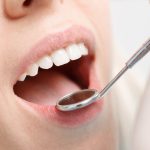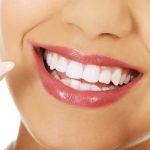When to Expect Baby Teeth Loss: A Comprehensive Guide on Kids’ Dental Milestones
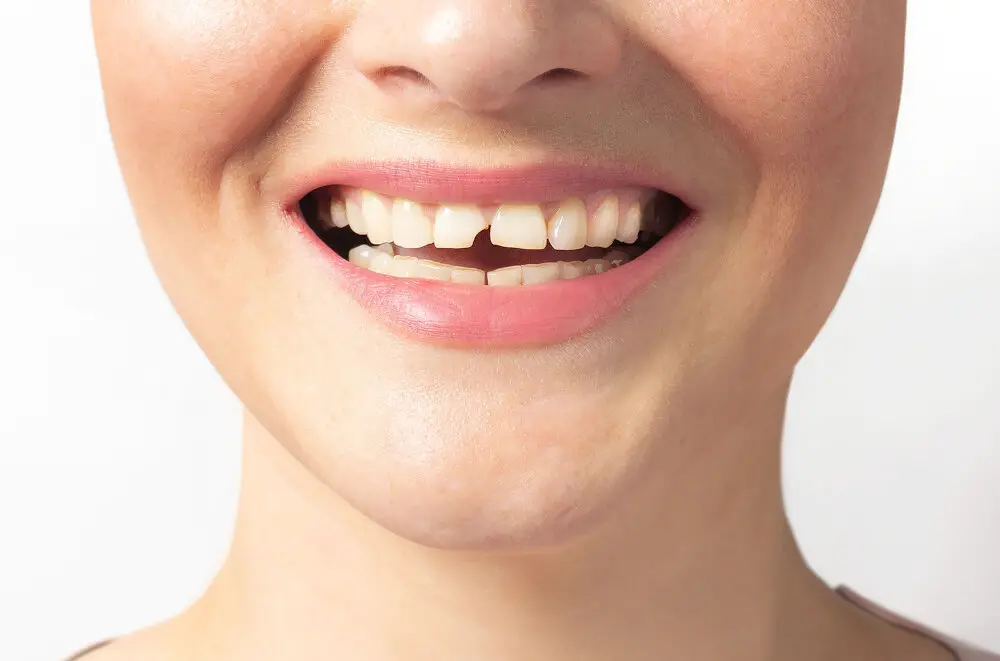
As parents, we all look forward to the day when our little ones flash their first toothy grin. Watching our children grow and develop is a magical experience, and nothing is more exciting than seeing those first tiny teeth emerge. However, as any parent knows, baby teeth don’t last forever, and we all eventually face the prospect of our children’s teeth falling out. It’s important to understand the timing and milestones of baby teeth loss, as it can help us prepare our children for the changes to come. This comprehensive guide on kids’ dental milestones will provide parents with all the information they need to know about when to expect baby teeth loss. We’ll cover everything from the typical age range for tooth loss to the signs and symptoms of teething and how to care for your child’s teeth during this exciting time. Whether you’re a first-time parent or a seasoned pro, this guide will help you navigate the journey of your child’s dental development with confidence and ease.
Baby teeth, also known as deciduous teeth, play a crucial role in a child’s development. These teeth help a child learn how to chew and speak properly, and they also guide the permanent teeth into their correct positions. Neglecting baby teeth can lead to a host of dental problems later in life, such as misaligned permanent teeth, cavities, and gum disease. It is important to teach children good oral hygiene habits early on, such as brushing and flossing regularly, to ensure their baby teeth stay healthy and strong until they naturally fall out. By taking care of their baby teeth, parents can help set their children up for a lifetime of good dental health.
Baby teeth, also known as primary teeth, play a crucial role in the development of a child’s oral health. They typically begin to emerge between 6 to 12 months of age and continue to grow until the child is about 3 years old. Baby teeth serve as placeholders for the permanent teeth that will eventually replace them. The process of baby teeth development can be divided into two stages: teething and eruption. During teething, the baby teeth begin to push through the gums, causing discomfort and irritability for the child. Once the baby teeth have fully erupted, they aid in speech development, chewing, and maintaining space for the permanent teeth. It is important for parents to monitor their child’s dental milestones and seek professional dental care if any concerns arise.
The loss of baby teeth is a significant milestone in a child’s dental development. It’s a natural process that indicates that permanent teeth are on their way to replace them. Losing baby teeth is not only a physical change, but it also plays a crucial role in speech development, eating habits, and overall oral health. Baby teeth act as space holders for permanent teeth, and their loss allows permanent teeth to emerge correctly. Parents should pay attention to their child’s dental milestones to ensure they’re developing properly and to prevent any potential dental issues from arising. Plus, losing baby teeth is a rite of passage that every child goes through, marking a new chapter in their growth and development.
Timeline of Baby Teeth Development and Loss
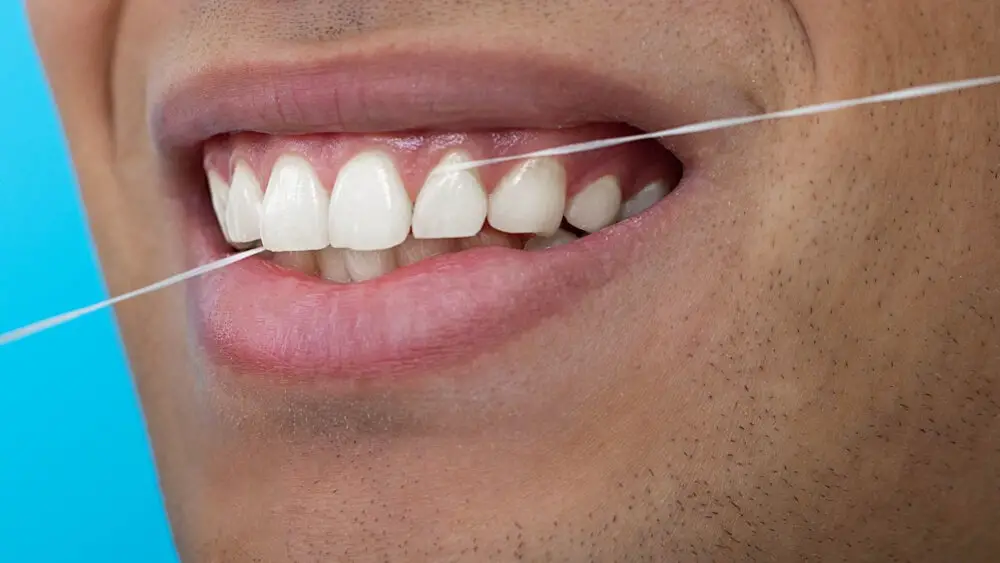
The timeline of baby teeth development and loss is an essential milestone in a child’s dental growth. It is crucial to understand this process to ensure that your child has a healthy set of teeth, which will eventually lead to a beautiful smile. In general, babies begin teething at around six months old, and the first teeth that usually appear are the lower central incisors. This milestone is an exciting time for parents, and it is essential to start taking care of your child’s teeth from the beginning. As the child grows, the rest of the baby teeth make their appearance, and the last ones usually emerge around the age of three. Baby teeth are important as they help the child chew food, speak, and maintain the proper spacing for permanent teeth to come in properly. However, as the child grows, the baby teeth will start to loosen and fall out, making way for permanent teeth. This is a natural process that can last until the child is around 12 years old. It is critical to keep track of your child’s teeth development and loss, as it can affect their oral health and self-esteem.
Baby teeth or primary teeth usually begin to appear between the ages of six months and one year. Typically, the lower front teeth are the first to emerge, followed by the upper front teeth. By the age of three, most children have a full set of 20 baby teeth. The timing of teething can vary from child to child, and some may experience teething discomfort or irritability during this process. It is important to maintain good oral hygiene practices early on, as baby teeth play a crucial role in speech development, chewing, and maintaining the spacing necessary for adult teeth to grow correctly.
Children usually have 20 baby teeth, also called primary teeth or deciduous teeth. These teeth typically begin to appear between 6 and 12 months of age, with the front teeth (incisors) being the first to erupt. By age 3, most children have all 20 of their baby teeth. Baby teeth play a crucial role in a child’s oral development, helping them to chew food properly and learn to speak clearly. As children grow, their baby teeth will begin to loosen and fall out, making way for their permanent teeth to come in. This process typically begins around age 6 and continues until the child is around 12 years old.
Baby teeth, also known as primary teeth, typically begin to fall out around age six or seven, although the timeline can vary. The process of losing baby teeth usually begins with the front teeth, followed by the molars towards the back of the mouth. The loss of baby teeth is a natural part of a child’s development and is necessary to make room for the permanent teeth that will eventually take their place. It is important to encourage good dental hygiene habits early on to ensure that the baby teeth stay healthy until they are ready to naturally fall out.
The process of baby teeth loss, also known as primary teeth shedding, typically begins around the age of six or seven years old and can continue until the age of twelve or thirteen. This process is entirely natural and occurs as the permanent teeth start to grow and push the baby teeth out. While the timeline may vary from child to child, the process usually takes around six years, with the lower front teeth usually being the first to go, followed by the upper front teeth, and then the molars. Parents and caregivers should keep an eye on their child’s dental development, ensuring that their child is brushing and flossing regularly and visiting the dentist every six months to ensure that their child’s teeth are growing correctly.
Signs of Baby Teeth Loss
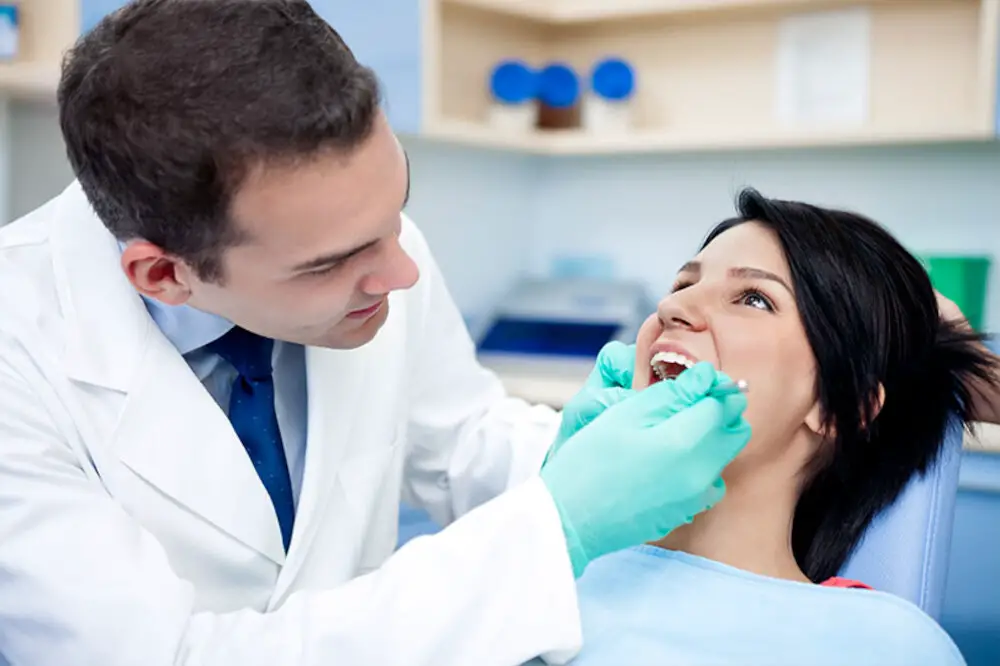
Losing baby teeth is a natural and exciting milestone in a child’s life. It is essential to know when to expect baby teeth loss to prepare your child for the changes that come with it. One of the signs of baby teeth loss is when the tooth becomes loose. The tooth can be wiggled around with the tongue or fingers, and it may hurt or feel uncomfortable for the child. It is essential to encourage your child to wiggle the tooth gently and not pull it out forcefully to avoid damaging the gum or causing an infection. Another sign of baby teeth loss is a change in eating habits. The child may avoid eating certain foods that require more chewing or cause pain in the loose tooth area. They may prefer softer foods or drinks and avoid using a straw as the suction can be painful. It is important to ensure that your child maintains a healthy diet and continues to eat a variety of foods rich in nutrients to support their growth and development. You can also offer them cold foods or a cold compress to alleviate any discomfort or pain in the loose tooth area.
As a parent, it is important to be aware of the physical symptoms to look out for when expecting baby teeth loss in your child. Some common signs include increased drooling, swelling or redness in the gums, discomfort or pain when chewing or biting, and loose teeth. Additionally, your child may experience irritability, loss of appetite, and difficulty sleeping due to the discomfort caused by the impending tooth loss. It is important to monitor your child’s dental health closely and consult with a pediatric dentist if you have any concerns or questions about your child’s dental milestones.
As kids grow and develop, they experience a range of behavioral changes related to their dental milestones. When their baby teeth begin to loosen and fall out, it’s common for children to become more self-conscious about their appearance and to express concerns about possible pain or discomfort. Parents can help their kids prepare for these changes by offering reassurance, explaining what to expect, and encouraging good dental hygiene habits. As children begin to lose their baby teeth and grow new permanent teeth, they may also experience changes in their eating habits and speech patterns. By staying attuned to these changes and providing support and guidance, parents can help their kids navigate this exciting and sometimes challenging phase of dental development.
Losing baby teeth is a natural part of your child’s growth, but it can also be a challenging experience. To help your child through the process, it’s essential to be patient and understanding. Encourage them to wiggle their loose teeth gently until they fall out on their own. If they’re nervous or hesitant, provide reassurance and make sure they understand that losing baby teeth is a normal part of growing up. You can also offer them soft foods and cool drinks to help soothe any discomfort, and remind them to brush and floss regularly to keep their new permanent teeth healthy and strong. By offering support and guidance, you can help your child navigate this exciting and sometimes challenging milestone with confidence and ease.
Factors that Affect Baby Teeth Loss
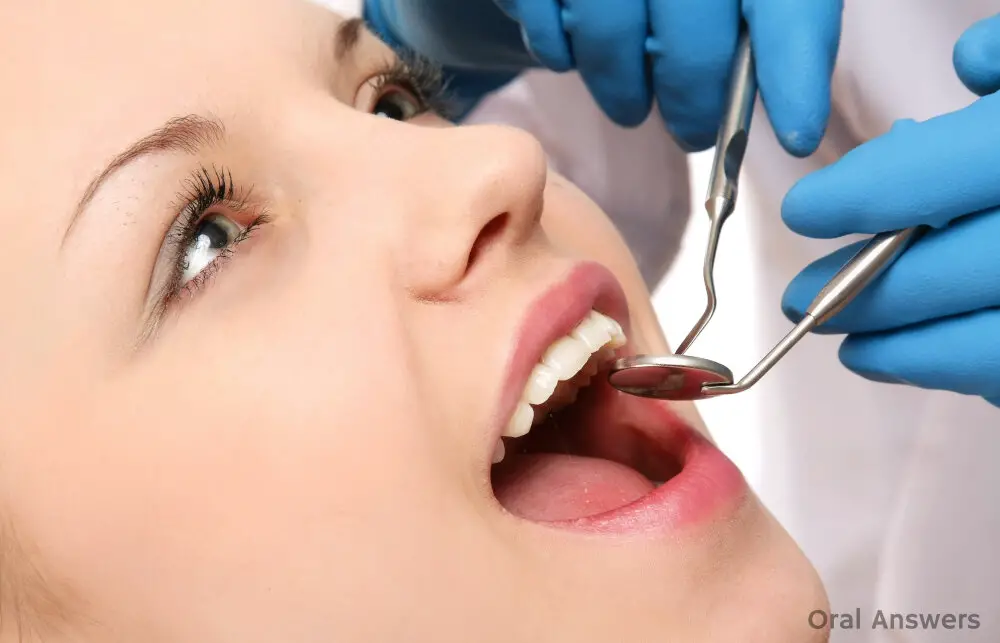
Baby teeth loss is a natural process that every child goes through as they grow and develop. However, the timing and sequence of tooth loss can vary from child to child. There are several factors that can affect baby teeth loss, including genetics, tooth decay, and trauma. Genetics plays a significant role in the timing of tooth loss. Children with parents who lost their baby teeth early or late are likely to follow the same pattern. On the other hand, children with parents who lost their baby teeth in the middle of the average timeline are more likely to do the same. Tooth decay is also a significant factor that can affect baby teeth loss. When a child’s teeth are damaged by decay, they may fall out earlier than expected. Additionally, trauma to the mouth, such as a fall or sports injury, can cause baby teeth to loosen or fall out prematurely. Another factor that can affect baby teeth loss is the order in which the teeth come in. Typically, the first baby teeth to come in are the lower central incisors, followed by the upper central incisors, and then the lateral incisors. The first molars usually come in around age one, followed by the canines at around 18 months, and the second molars at around age two. If the teeth do not come in according to this order, it can affect the timing of tooth loss. For example, if the canines come in before the first molars, the first molars may fall out earlier than expected. It’s important to keep track of your child’s dental milestones and speak with their dentist if you have any concerns about the timing of their tooth loss.
Genetics plays a significant role in children’s dental development, including the timing of baby teeth loss. The genes inherited from parents can determine the size and shape of a child’s teeth and jaw, which can affect the alignment and spacing of their teeth. Additionally, some genetic disorders can cause delayed tooth eruption or premature tooth loss. Understanding the role of genetics in dental development can help parents and caregivers identify potential dental issues early and seek appropriate treatment. However, it’s important to note that genetics is just one factor that can influence dental health, and good oral hygiene practices and regular dental checkups are essential for maintaining healthy teeth and gums.
Oral hygiene habits are essential for maintaining healthy teeth and gums. It is necessary to teach children the importance of brushing their teeth at least twice a day with a fluoride toothpaste and flossing daily. Parents should supervise young children to ensure they brush for two minutes and avoid swallowing toothpaste. Additionally, children should avoid sugary and acidic foods and drinks that can damage tooth enamel. Regular visits to the dentist for check-ups and cleanings are also crucial in preventing dental problems. By instilling good oral hygiene habits from a young age, parents can help their children develop healthy teeth and gums that will last a lifetime.
Good nutrition is essential for healthy teeth and gums. A well-balanced diet that includes plenty of fruits, vegetables, whole grains, and lean proteins can help support the growth and development of strong teeth. Foods that are high in sugar and processed carbohydrates can increase the risk of tooth decay and gum disease. Additionally, certain nutrients like calcium, vitamin D, and phosphorus are particularly important for building and maintaining strong teeth. Parents should encourage their children to eat a variety of healthy foods and limit their intake of sugary snacks and drinks to help promote good oral health.
Trauma, whether physical or emotional, can have an impact on a child’s dental health. Physical trauma to the mouth or teeth can lead to tooth loss or damage, while emotional trauma can cause a child to develop habits such as teeth grinding or nail biting that can negatively affect their teeth. Parents should be aware of the potential effects of trauma on their child’s dental health and take steps to prevent and address any damage that may occur. This may include wearing a mouthguard during physical activities, seeking counseling or therapy for emotional trauma, and practicing good oral hygiene habits to maintain healthy teeth and gums.
Caring for Your Child’s Teeth After Loss
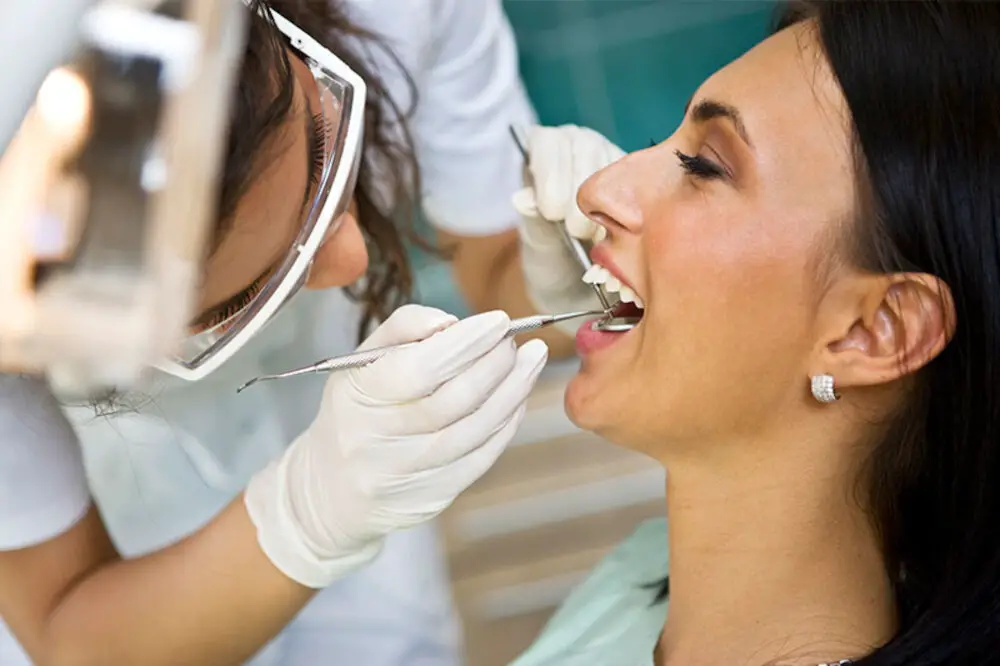
After your child loses their baby teeth, it is crucial to continue to care for their oral health. The new permanent teeth are more susceptible to decay, and it is essential to maintain good dental habits to prevent cavities and other dental problems. The American Dental Association recommends that children brush their teeth twice a day with fluoride toothpaste and floss once a day. Parents should supervise brushing and flossing until the child is about eight years old to ensure they are doing it correctly. Additionally, children should visit the dentist every six months for a cleaning and checkup. This is especially important after losing baby teeth, as the dentist can monitor the growth of the new permanent teeth and identify any potential issues early on. Proper nutrition is also essential for maintaining healthy teeth. Parents should encourage their children to eat a balanced diet that includes plenty of fruits and vegetables and limit sugary and acidic foods and drinks. Sugary and acidic foods can erode tooth enamel and increase the risk of cavities. Children should also drink plenty of water throughout the day, as it helps to rinse away food particles and neutralize acid in the mouth. By following these guidelines, parents can help their children maintain healthy teeth and prevent future dental problems.
Maintaining good dental hygiene is crucial for people of all ages, but it is especially important for children. Poor dental hygiene can lead to a host of oral health problems, including cavities, gum disease, and bad breath. Teaching children proper dental hygiene habits, such as brushing and flossing regularly, can help prevent these issues and ensure they maintain a healthy mouth. Additionally, taking care of baby teeth is important because they serve as placeholders for adult teeth and can impact the alignment and health of permanent teeth. By establishing good dental hygiene habits early on, parents can set their children up for a lifetime of healthy teeth and gums.
When a child loses a baby tooth, it is essential to consider the options available for replacing the missing tooth. One option is a dental implant, which is a permanent solution that involves placing a titanium post into the jawbone and attaching a prosthetic tooth. Another option is a fixed bridge, which involves attaching a prosthetic tooth to adjacent teeth. For children who are not yet candidates for implants or bridges, a removable partial denture is an option. It is essential to discuss these options with a dentist to determine which is the most appropriate for your child’s specific situation. Regardless of the option chosen, it is crucial to replace missing teeth to maintain proper jaw alignment and prevent future dental issues.
Poor oral health can have long-term effects on a child’s overall health and well-being. Neglecting dental care can lead to tooth decay, gum disease, and even tooth loss. These problems can cause difficulty eating and speaking, as well as pain and discomfort. Additionally, poor oral health has been linked to a range of other health issues, including heart disease, diabetes, and respiratory infections. It’s crucial for parents to prioritize dental care for their children from an early age to ensure healthy teeth and gums and prevent potential long-term health consequences.
In summary, the loss of baby teeth is a natural part of a child’s dental development, and it typically begins around the age of six. The sequence of tooth loss varies from child to child, but it generally follows a pattern. The incisors are typically the first to go, followed by the molars and canines. It’s essential to monitor your child’s dental health during this time, as some children may experience discomfort or pain during the teething process. Additionally, it’s crucial to maintain good oral hygiene practices, including regular brushing and flossing, as this can prevent dental issues from developing down the line. With the proper care and attention, your child’s transition to permanent teeth can be a smooth and healthy one.
In conclusion, baby teeth loss is an important and necessary milestone in a child’s dental development. It is essential for parents to be aware of the timing and process of baby teeth loss to ensure their child’s oral health. Regular dental check-ups and proper oral hygiene practices should be adhered to. It is also important for parents to be patient and understanding during this phase as each child’s experience may vary. Encouraging a positive attitude towards oral health and visiting the dentist can help make this process a smooth and stress-free experience for both the child and parent.
As parents, it is crucial to prioritize our children’s dental health. Early dental care can help prevent dental problems in the future, such as cavities, gum disease, and tooth decay. Teaching our children good dental habits, such as brushing twice a day, flossing, and avoiding sugary foods and drinks, can go a long way in maintaining their dental health. Regular dental checkups and cleanings are also essential to catch any potential dental issues early on. By prioritizing our children’s dental health, we can help them develop good oral hygiene habits that can benefit them for a lifetime.
Conclusion
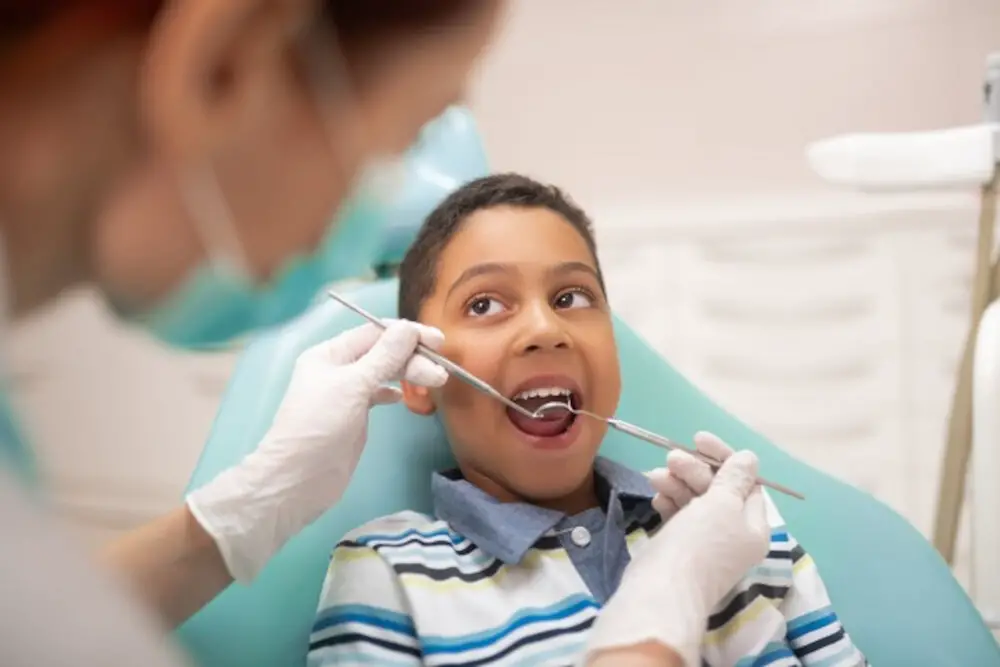
In conclusion, knowing when to expect baby teeth loss is an essential aspect of a child’s dental milestone. It is crucial for parents and guardians to understand the age range at which a child is likely to lose their baby teeth and the milestones that follow. This comprehensive guide has shed light on the average age range for tooth loss and the factors that may affect it. It is essential to keep in mind that every child has a unique timeline, and some may experience early or delayed tooth loss. In any case, it is essential to maintain good oral hygiene habits and regular dental checkups to ensure that the permanent teeth grow healthy and strong. Overall, by following this guide, parents can prepare and support their children through this exciting and important stage of their dental development.




